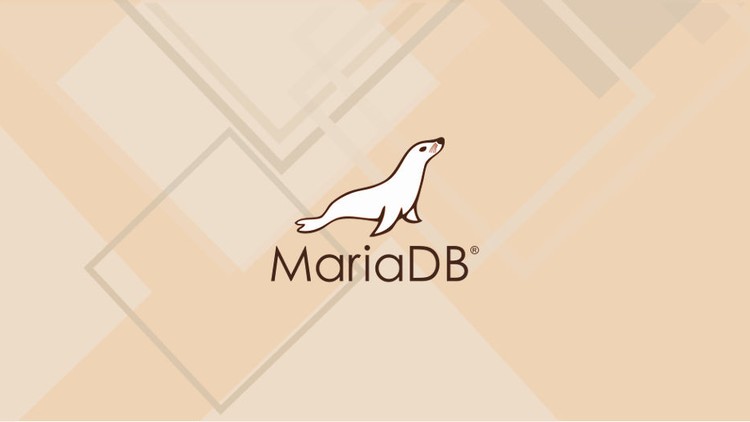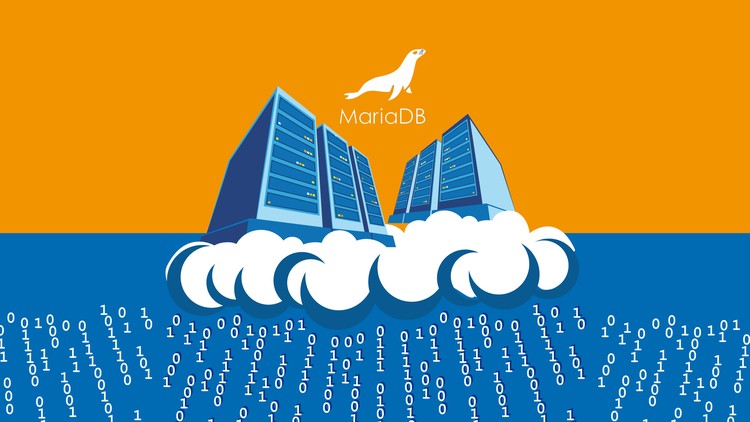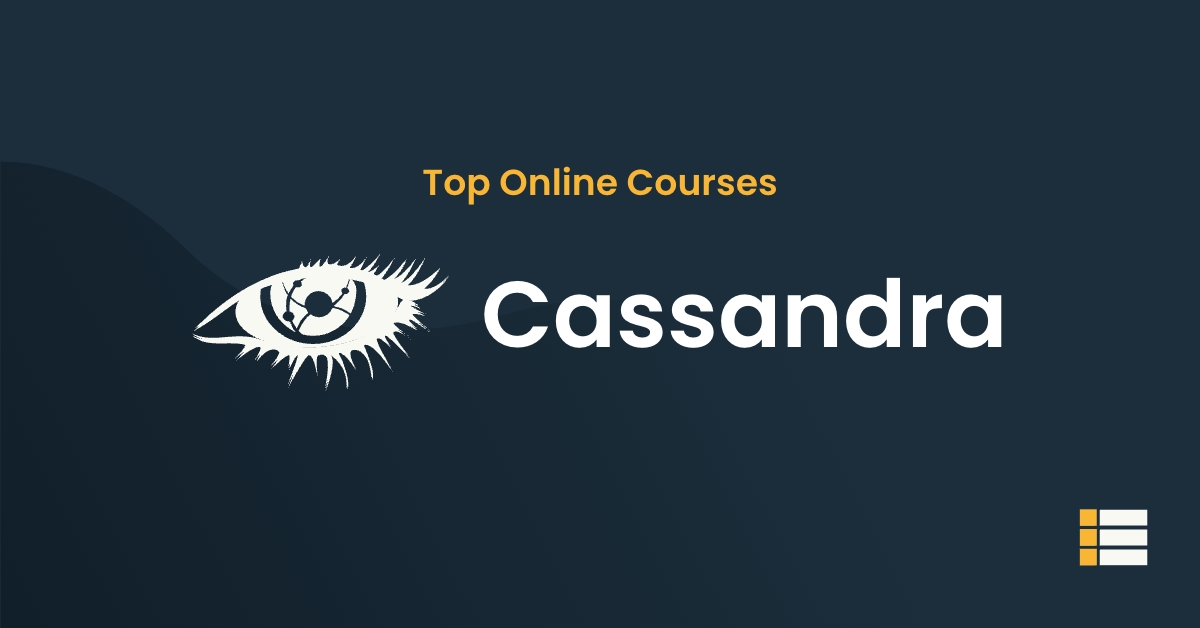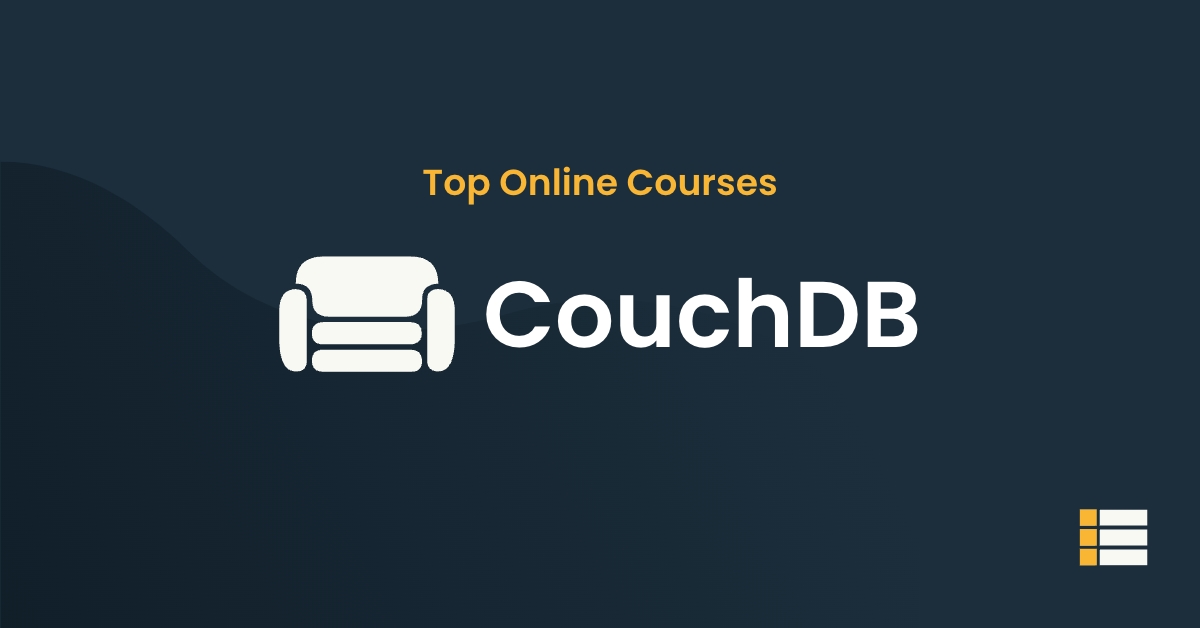Are you looking to become an expert in the world of database management? Then learning MariaDB is the perfect way to get started!
With its open source, powerful and secure features, MariaDB offers a fantastic platform to create and manage your databases.
In this blog post, we’ll explore why learning MariaDB is a great choice and how you can get started.
Table of Contents
Learning MariaDB Online: A Student’s Guide
What is MariaDB?
MariaDB is an open source relational database management system (RDBMS) based on the popular MySQL server.
It is a fork of MySQL, created by original developers of MySQL, and is considered to be a drop-in replacement for MySQL.
The MariaDB project was founded by the original developers of MySQL as a response to the corporate takeover of MySQL by Oracle. It was designed to remain free, open source, and compatible with MySQL databases.
MariaDB is a multi-user, multi-threaded database system with a client/server architecture. It has the same features as MySQL, including support for stored procedures, triggers, views, and cursors.
MariaDB uses the same SQL language as MySQL, making it an easy transition for existing MySQL users.
In addition, MariaDB includes some new features and improvements that MySQL does not have, such as dynamic columns and support for the Galera clustering technology.
While MariaDB is a drop-in replacement for MySQL, it is also a fully featured relational database system.
It supports a variety of storage engines, including the transactional InnoDB engine, the MyISAM engine, and a number of other storage engines that provide different levels of performance and data integrity.
In addition, it provides a number of features that are not available in MySQL, such as JSON support, table partitioning, and the ability to use virtual columns.
With its wealth of features, powerful performance, and open source nature, MariaDB is a great choice for organizations looking for an alternative to MySQL.
Why Learn MariaDB Administration
MariaDB administration is one of the most valuable skills to learn in the IT industry, as MariaDB is a relational database management system (RDBMS) that is becoming increasingly popular for managing large amounts of data.
MariaDB is considered to be an advanced and powerful alternative to the well-known MySQL, and it is quickly becoming the go-to choice for many organizations when it comes to handling enterprise-level data.
Learning MariaDB administration can open up a wide range of opportunities for IT professionals, from helping to set up a database to managing and optimizing it for maximum efficiency.
There are many reasons to learn MariaDB administration.
- First, MariaDB is designed to be highly robust and secure, making it a great choice for storing sensitive data. It has a wide range of features that make it easier to use and manage, including support for stored procedures, triggers, and views.
- Additionally, MariaDB is designed to be highly scalable, so it can handle large amounts of data without sacrificing performance.
- Another reason to learn MariaDB administration is that it can be used to quickly and easily set up databases with minimal effort. MariaDB comes with a graphical user interface (GUI), which makes it easy to set up and configure databases, as well as manage and query them.
- Additionally, MariaDB is fully compatible with SQL and other relational databases, making it a great choice for organizations that require cross-platform compatibility.
- Finally, learning MariaDB administration can help IT professionals stay ahead of the curve when it comes to new technologies. As the popularity of MariaDB continues to grow, it is likely that new features and technologies will be developed that make it easier to use and manage. By keeping up with the latest trends, IT professionals can make sure that their skills remain up-to-date and relevant.
All in all, learning MariaDB administration can be a great way to open up a wide range of new opportunities and stay on the cutting edge of IT.
For anyone looking to make a career out of managing and optimizing databases, MariaDB is a great choice.
With its robust features and scalability, it is quickly becoming the go-to choice for many organizations and can give IT professionals a valuable skillset that is in demand.
MariaDB Performance Tuning
Performance tuning is the process of configuring and optimizing a system so that it can perform at maximum efficiency.
As with any database, tuning is an important part of getting the most out of it and achieving optimal performance.
To ensure maximum MariaDB performance, it’s important to understand some of the key components of the system.
These include memory and disk usage, query optimization, server configuration and replication. Memory and Disk Usage The amount of RAM available to MariaDB can be adjusted through the server’s configuration.
It’s important to ensure the RAM is set at an appropriate size and is not overcommitting the server. Overcommitting will cause the system to compete for resources and can drastically reduce performance.
Additionally, the system’s disk usage should be monitored. MariaDB can store data in multiple locations, including an on-disk database and an in-memory database. The size of the on-disk database should be kept reasonable to minimize disk I/O and optimize performance.
Query Optimization
The way queries are written can have a huge impact on performance.
MariaDB provides several tools to help optimize queries, including the EXPLAIN command, which provides information about how a query is being executed.
This can be used to identify areas for improvement, such as rewriting the query for better efficiency or adding indexes to tables.
Additionally, the database can be tuned for better query performance with the use of the query cache, which stores recent query results for faster retrieval.
Server Configuration
The MariaDB server can be tuned for better performance with the use of several configuration parameters. These parameters can be adjusted to meet the needs of the system, such as adjusting the maximum number of connections and setting the query log level.
Additionally, MariaDB provides a range of storage engines that can improve performance, depending on the type of data being stored.
Replication
If a system requires high availability and redundancy, then replication can be used to ensure the system is always available.
MariaDB provides master-slave replication, which allows the data to be replicated to multiple servers. This can improve performance by offloading queries to the slaves and reducing the load on the master server.
In conclusion, performance tuning is an essential part of optimizing a MariaDB system.
By understanding the key components of the system, such as memory and disk usage, query optimization, server configuration and replication, it’s possible to
Additional Resources
For beginners, the MariaDB website has several resources available.
- The Getting Started guide provides an overview of MariaDB and the installation process. There is also a Tutorials section which includes several detailed tutorials on different aspects of the software. The Tutorials section includes topics such as setting up a database, creating and managing tables, and extracting data.
- For more advanced users, the MariaDB Knowledge Base provides detailed documentation on different topics related to MariaDB.
- The MariaDB Apache friends Forum is a great resource for getting questions answered and discussing different topics related to MariaDB.
- For those who prefer to learn through video, the MariaDB YouTube channel has several helpful tutorials and other content related to MariaDB.
- The MariaDB Tutorial website provides several courses on the basics of MariaDB as well as other topics such as advanced query optimization and design.
- There are several books available that cover MariaDB topics in depth. Popular titles include “Mastering MariaDB” by Packt Publishing, “MariaDB Cookbook” by O’Reilly Media, and “MariaDB High Performance” by Apress.
- Official MariaDB training
- Skillsoft MariaDB beginner course
- MySQL and MariaDB Masterclass [Full Course] – YouTube
- OceanDBA MariaDB training
Overall, MariaDB offers a wide range of learning resources to help users become successful in using the software.
Whether you prefer reading, video, or hands-on learning, there is something available to help you get up to speed.
Frequently Asked Questions
Is MariaDB easy to learn?
Yes, MariaDB is relatively easy to learn. It is an open source, community-developed relational database management system designed to be a drop-in replacement for the popular MySQL database. The MariaDB syntax is very close to that of MySQL, so with a basic understanding of SQL, it will not take much time to become proficient in MariaDB. MariaDB also has a helpful online community available to assist with any issues and questions that may arise.
Is MariaDB better than MySQL?
MariaDB is a fork of the popular open source database management system, MySQL, and is often considered the modern alternative to it. MariaDB includes many of the features of MySQL, but also offers some improvements, such as enhanced performance, scalability, and features for modern web applications. It is also open source and supports many of the same programming languages and APIs as MySQL, so developers can quickly start using it in their projects. However, as to whether MariaDB is better than MySQL or not ultimately depends on the specific requirements of each project.
Is MySQL and MariaDB the same?
No, MySQL and MariaDB are not the same. While they are both relational database management systems, they have different codebases and feature sets. MariaDB is a fork of MySQL, meaning that it is a copy of the codebase with additional features, improvements and bugfixes. As a result of this, MariaDB is often seen as an improved version of MySQL.
What is MariaDB used for?
MariaDB is a relational database management system that is used to store, organize, and manage data. It is designed to be fast, flexible, and reliable, and is used in many different applications and websites. MariaDB is a free and open source database server that is compatible with many different operating systems and can be used for data warehousing, web applications, or to host a database-driven website. It can also be used to store data for business intelligence, analytics, and reporting purposes.
Is MariaDB better than PostgreSQL?
In terms of performance and scalability, MariaDB and PostgreSQL are both highly capable and reliable databases. MariaDB is well known for its high-performance, high-availability and scalability. It also supports faster data access than PostgreSQL due to its dynamic storage engine architecture and ability to access data directly from memory. On the other hand, PostgreSQL has a proven track record of reliability, robustness and scalability. While the choice of which database is better for an application depends on individual requirements and preferences, MariaDB may be a better choice for those looking for high performance and scalability.
Is MariaDB NoSQL?
No, MariaDB is not NoSQL; it is an open source, relational database management system (RDBMS), based off of the popular MySQL project. While MariaDB supports a wider range of SQL capabilities than MySQL, it is still an SQL database and not NoSQL. NoSQL databases are non-relational databases that are useful for storing large amounts of data and are known for their scalability, but MariaDB does not fit into this category.
Is MariaDB Free?
Yes, MariaDB is free and open source, meaning anyone can use, modify and distribute it without cost. It is a relational database management system developed by MariaDB Corporation and is available under the GNU General Public License.
Conclusion
In conclusion, learning MariaDB online is an excellent way to improve SQL skills and become more proficient in database management.
With easy to understand tutorials and detailed instructions, anyone can learn the basics of MariaDB in no time.
Additionally, the availability of free online tutorials and a wide range of paid courses makes it possible for anyone to gain the skills necessary to become a MariaDB expert.


 Online course by
Inflame Tech
Online course by
Inflame Tech

 Online course by
Learn Tech Plus
Online course by
Learn Tech Plus

 Online course by
Bluelime Learning Solutions
Online course by
Bluelime Learning Solutions

 Online course by
Hadi Alnabriss
Online course by
Hadi Alnabriss



